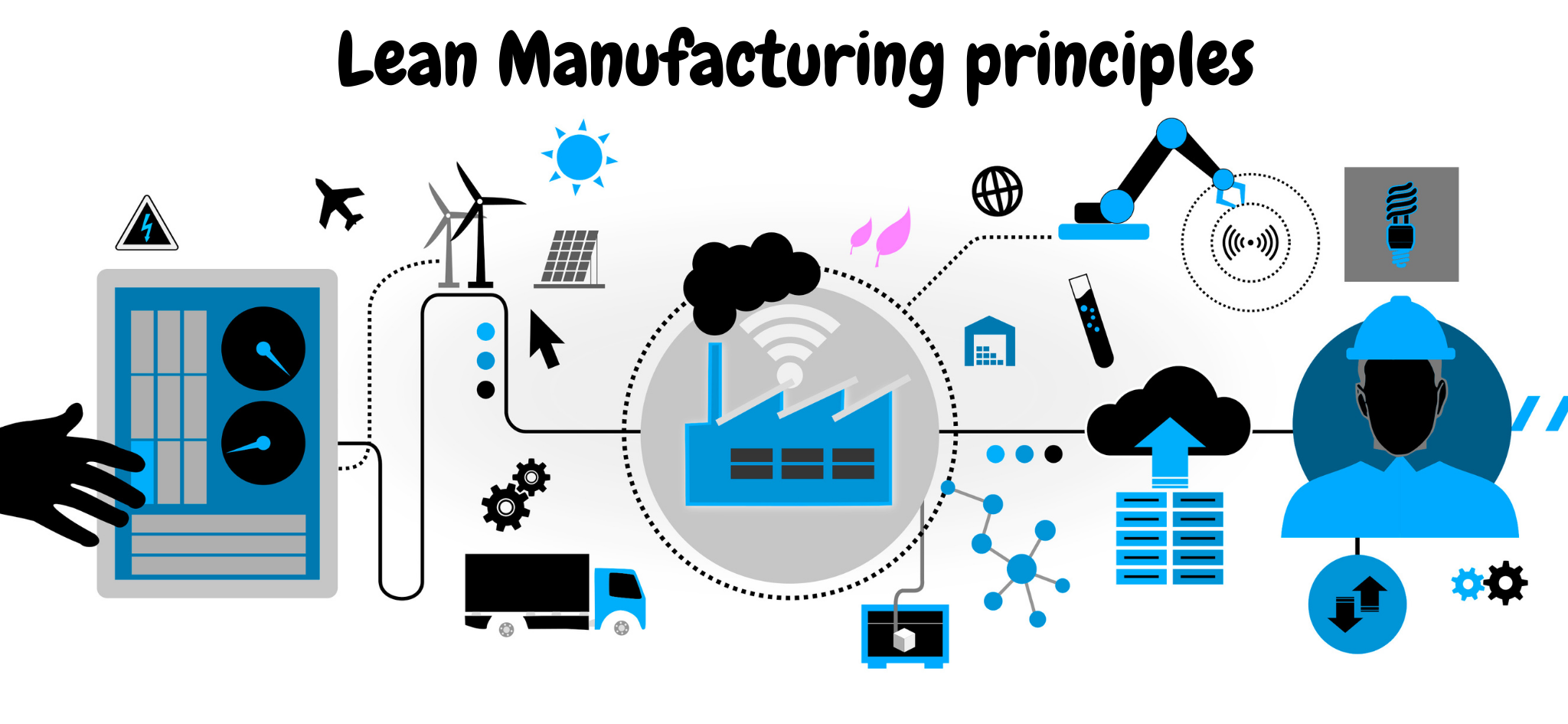The origin of lean manufacturing can be traced back to Henry Ford’s assembly line. If there’s one thing Ford did impeccably, it was cutting waste. Yet, it wasn’t until the mid-1940s, when the Toyota Corporation picked up on the idea of minimal waste and perfected the process, that lean manufacturing really became mainstream. Toyota’s lead engineer, Taaichi Ohno, designed an operating system solely focused on reducing errors, ordering parts and supplies, shrinking inventory, and above all, eliminating waste – all with the aim of reducing warehousing costs.
The following are principles that constitute lean manufacturing. Due to the practicality and applicability of these concepts, most companies (even in office settings) try to replicate them. To help you gain a comprehensive understanding of lean manufacturing, here are 10 things you should know:
1. Levelled Production
Levelled production is simply smoothing out the quantity or type of production over a period of time. In Japanese, it’s known as “heijunka.” The idea of levelling is to optimize manufacturing capacity, allowing production that meets demands while at the same time avoiding inventory accumulation. It helps maintain minimum production lead time, manpower, capital costs, and inventories.
2. Continuous Improvement
Known as “kaizen” in Japanese, continuous improvement goes hand in hand with documenting procedures. Managers and employees work together to achieve regular, incremental improvements within processes, diligently documenting each change to achieve best practices. The ultimate goal of kaizen is to build a company culture that promotes proactive employees who are always looking to improve inefficiencies. Learn more about kaizen.

3. Efficiency Through a Customer-First Approach
Finding efficiency that helps cut waste, a manufacturer has to step into their customer’s shoes and learn about their needs and expectations. This way, the manufacturer can devise ways to cut out waste such as slow transportation, overproduction, and defective products. Deeply understanding the customer’s needs not only improves customer service, but reduces waste and ultimately increases the product’s value.
4. Total Productive Maintenance (TPM)
TPM is a management philosophy stressing the importance of equipment maintenance in the manufacturing process. The idea of the program is to eliminate any loses tied to maintenance of equipment, keeping the process flawless without any unplanned downtime. Training, safety, and office efficiency all have a role in TPM. Employee participation in improvement proposals and maintenance is critical, as multidisciplinary teams work together to improve machine reliability.
5. Streamlining Processes
One main idea in lean manufacturing is creating a streamlined process, and this means delivering products on time. This does not only entail the end product, but also includes raw materials from vendors. Keeping the sales, production, and engineering departments in fluid communication is fundamental for streamlining. They must be in sync to spot buying trends, choose reliable vendors, and determine forecasts.
6. Develop Error-Proof Processes
Poka-yoke in Japanese means “mistake-proofing.” This principle stresses error-proof processes, which should be developed to prevent unintended errors. The goal is to immediately reveal any errors so they can be addressed quickly. By doing this, workers are able to focus their energy on other important factors, rather than back-tracking to fix mistakes. Error-proof processes come in many forms, from double-checking work quality to inventing mechanisms that activate in the event of an error.
7. Focus on Quality
Lean manufacturing encourages its adherents to focus on quality as they try to eliminate waste. Companies have to develop a system whereby quality is maintained, whether in the accounting process or the product itself. After all, the goal of lean is to deliver the maximum customer value in the shortest amount of time with the highest possible quality.
8. One-Piece Flow
This principle is pretty simple. In a production line that has several workstations, one-piece flow means that one item is moved to a work station where any pending work is completed before it moves on to the next station. The idea is to ensure that the product spends as little time as possible at each station and travel time from one station to another is minimal. This process also increases quality assurance, as it is easier to trace product errors back to a single station.

9. Mapping the Value System
Value Stream Mapping (VSM) creates a visual representation of all the steps in a process. It puts on display every element required, from start to finish. In manufacturing, it’s common to find one or two steps in the process that don’t create or add value. Mapping the value system involves finding these steps and eliminating them completely.
10. Respect for Humanity
To keep things working efficiently, a company has to have high respect standards for employees, and this means not overworking them, aligning the company’s purpose with individual and team goals, and maintaining high accountability for both failure and success. If an organization wants to implement lean, they need support and participation from everyone in the company.
These 10 principles of lean manufacturing are all geared to eliminating waste and helping a company gain value while delivering quality. Big manufacturers such as Toyota have employed these principles for ages, promoting lean as a global trend. But these practices are not just for huge corporations, even small businesses, like Les Industries Capitol Inc. have adopted the over-arching mindset of what it means to be lean to great effect.
